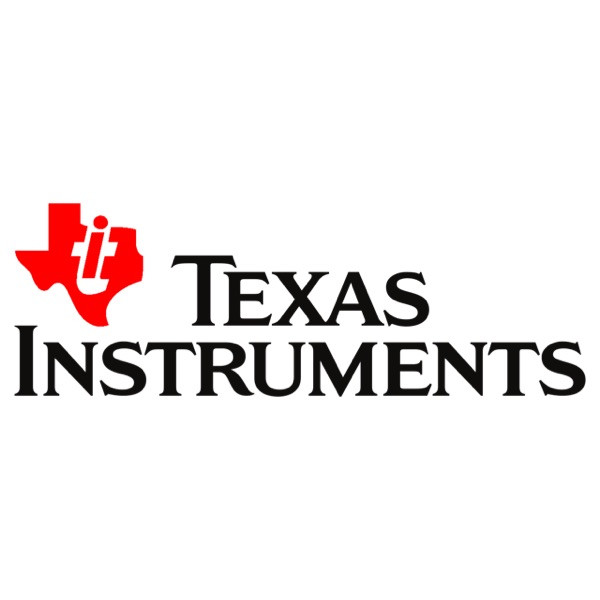Fully certified dual-band wireless modules for IoT applications
01-11-2019 | Texas Instruments | Subs & Systems
The CC3235MODx SimpleLink dual-band wireless microcontroller modules from Texas Instruments integrates a high-performance application processor, network processor, and crypto engine in a single chip. The device offers a rich set of peripherals, and the CC, ISED/IC, ETSI/CE, and MIC-certified modules are excellent for a broad range of IoT, building automation, security, and health care applications.
These series modules integrate a 40MHz crystal, 32.768kHz RTC clock, RF filters, SPI serial flash, diplexer, and passive components, and a network processor that runs all WiFi and internet logical layers. The network processor subsystem fully offloads the host microcontroller and incorporates an 802.11a/b/g/n dual-band 2.4GHz and 5GHz radio, baseband, and MAC with a powerful hardware cryptography engine.
The devices offer new capabilities that simplify the connectivity of IoT applications. These features include 802.11a/n 5GHz support, coexistence capabilities for radios in the 2.4GHz band (such as Bluetooth Low Energy), antenna selection, enhanced security with FIPS 140-2 Level 1 certification, up to 16 concurrent secure TCP/IP sockets, and a CSR.
The modules are offered in two alternatives: the CC3235MODS and CC3235MODSF. The CC3235MODS includes an Arm Cortex-M4 microcontroller with 256KB of application RAM, IoT networking security, and device identity/keys. The CC3235MODSF builds on the CC3235MODS and adds a user-dedicated 1MB of executable flash in addition to the 256KB of RAM. Both versions provide microcontroller-level security features, including file system encryption, user IP (microcontroller image) encryption, secure boot, and debug security.
The modules are supported by the company's CC3235MODSF LaunchPad development kit. The kit includes a CC3235MODSF module, and features onboard emulation using XDS-110, and a suite of sensors for a complete out-of-the-box experience and fast development. The board’s 40-pin LaunchPad pinout allows designers to incorporate add-on boards from the BoosterPack ecosystem. Engineers can connect the board direct to a PC for employment with development tools such as Code Composer Studio IDE Cloud and IAR Embedded Workbench.
By Natasha Shek

CC3235MODx

